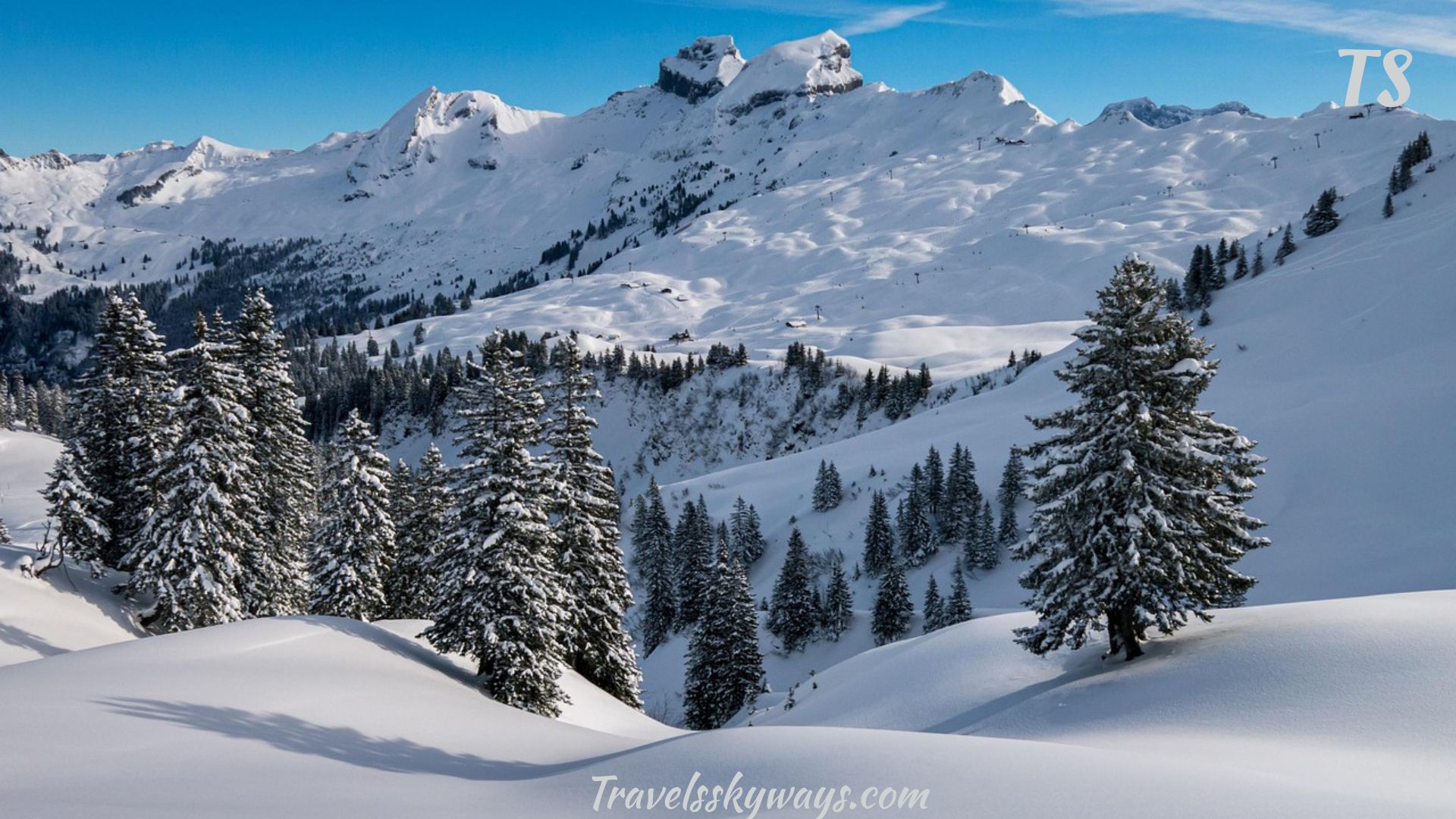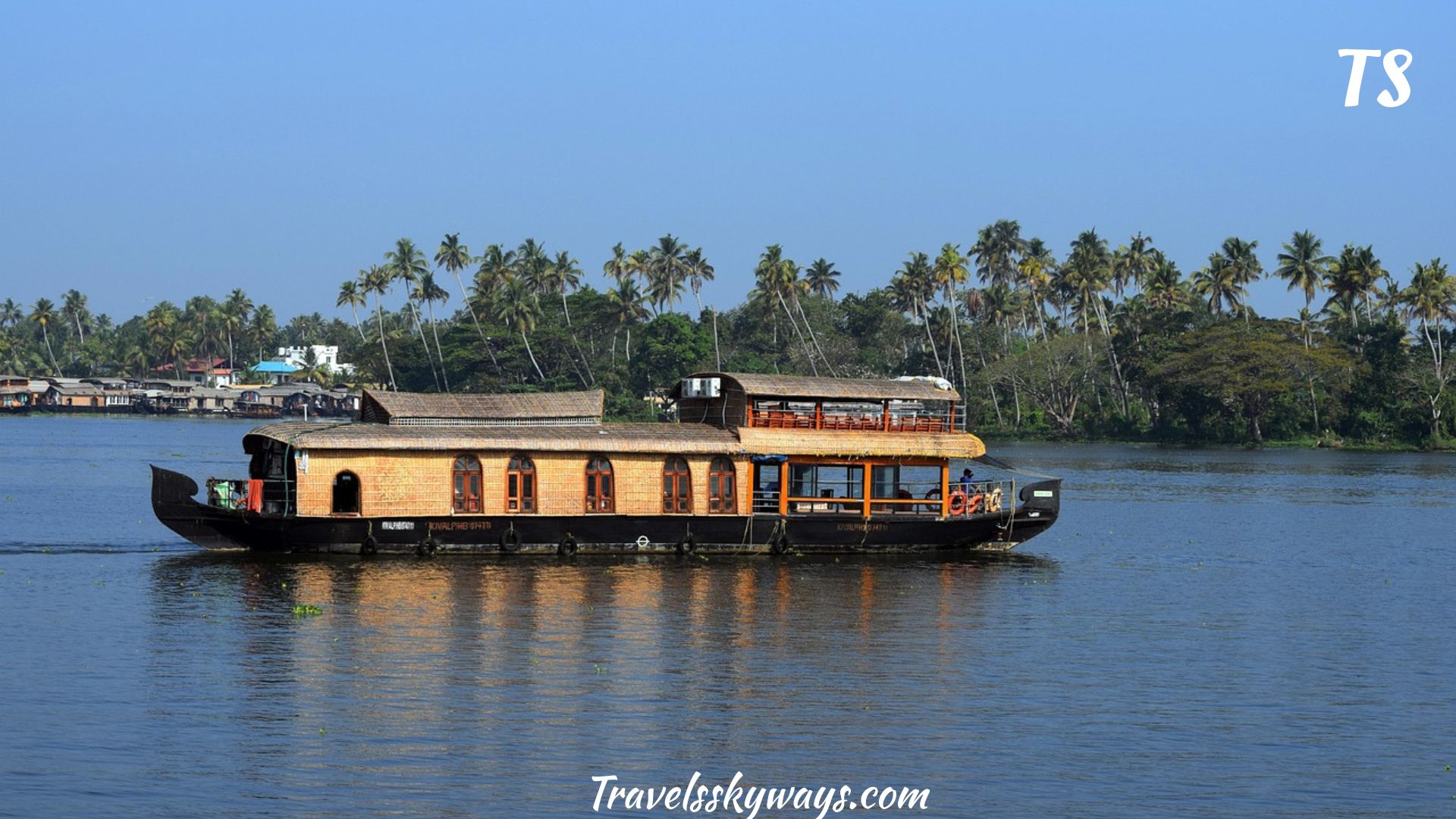
Flying over Rio’s legendary shoreline isn’t a fantasy—there are indeed paragliding adventures to be had. If flying over Sugarloaf Mountain or soaring by Christ the Redeemer was always at the top of your bucket list, then paragliding in Rio de Janeiro is for you.
But first, you’re asking: how much does paragliding in Rio cost? The cost will depend on a thousand factors, including location, operator, and season. This manual lays it all out—from fees to gratuities—so you can reserve your flight with no surprises. Let’s get down to the details.
How Paragliding in Rio Changes the Way You See the City
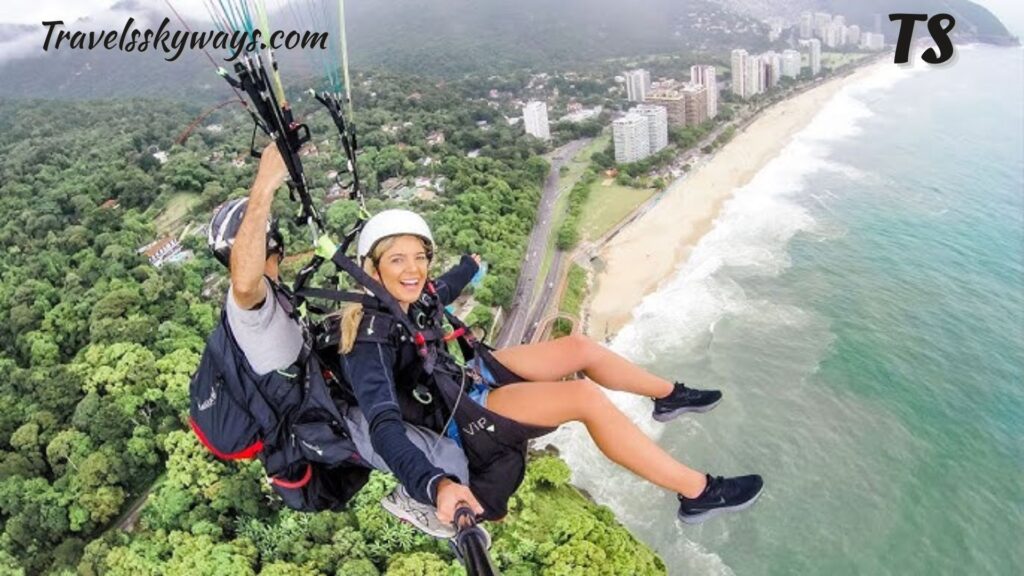
How paragliding in Rio changes the way you see the city is more than just a statement—it’s a revelation. The moment your feet leave the ground and you glide over the vibrant sprawl of Rio de Janeiro, everything transforms.
The winding streets, golden beaches, and towering peaks no longer feel chaotic—they form a breathtaking, living mosaic. Paragliding in Rio gives you a bird’s-eye view of iconic landmarks like Christ the Redeemer and Sugarloaf Mountain, but it also reveals the hidden rhythms of the city—how the rainforest hugs the skyline, how the ocean kisses the shore.
It’s not just about the thrill; it’s about seeing Rio as a harmonious blend of nature and culture, something you simply can’t grasp from the ground. For many, this flight becomes the highlight of their trip—a moment where adrenaline meets awe, and perspective takes flight.
What to Expect Before, During, and After Your Rio Paragliding Experience
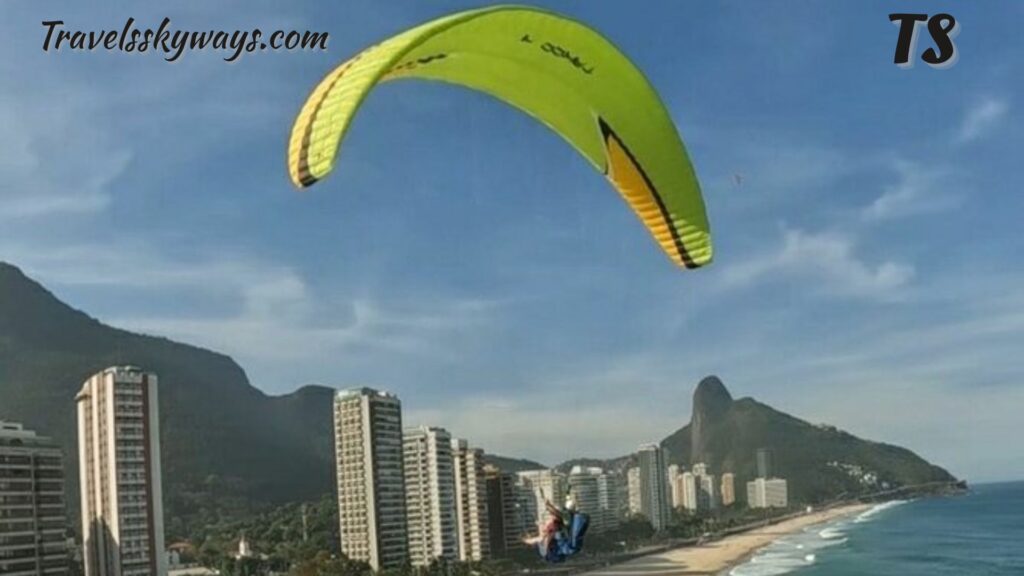
What to expect before, during, and after your Rio paragliding experience can help you feel prepared, confident, and ready to enjoy every second of this once-in-a-lifetime adventure. From check-in to touchdown, the journey is as smooth as the glide itself.
Before the Flight
You’ll meet your instructor at the São Conrado or Pedra Bonita takeoff area, typically nestled within Tijuca National Park. After a short safety briefing and gear check, you’ll be fitted with a harness and helmet. Don’t worry—no experience is needed. Your instructor handles everything. You’ll do a quick practice run, and once the wind is right, it’s time to launch.
During the Flight
This is where the magic happens. As the canopy lifts, you’ll feel weightless. The views are nothing short of cinematic—Copacabana, Ipanema, the lush rainforest, and the mighty Atlantic Ocean all spread out beneath you. Your instructor will guide the flight while you sit back, relax, and soak in the ride. Most flights last around 10 to 20 minutes, depending on wind conditions.
After the Flight
You’ll land smoothly on the soft sands of São Conrado Beach, heart racing and smile wide. Many operators offer video and photo packages so you can relive the moment. Afterward, you’ll have time to debrief, ask questions, and maybe grab a coconut water as you watch others take flight.
In short, paragliding in Rio is well-organized, beginner-friendly, and absolutely unforgettable—from start to finish.
Why Rio de Janeiro is a Dream Destination for Paragliding
Soar above paradise—that’s exactly what you’ll do when you go paragliding in Rio de Janeiro. This vibrant city isn’t just famous for its beaches and carnival; it’s also one of the world’s most breathtaking paragliding destinations.
Imagine launching off a lush mountainside, feeling the wind rush past as you glide over the iconic Sugarloaf Mountain, the sparkling Atlantic coastline, and the sprawling city below.
With ideal weather, stunning scenery, and certified instructors offering tandem flights, Rio delivers an unforgettable mix of adrenaline and awe. Whether you’re a thrill-seeker or a first-timer, this is where adventure meets postcard beauty. No wonder it’s on every paraglider’s bucket list.
You Must Read: Experience Hang Gliding or Paragliding in Rio
Planning your paragliding adventure in Rio de Janeiro?
Planning your paragliding adventure in Rio de Janeiro? You’re in for an unforgettable ride. This isn’t just another vacation activity—it’s a once-in-a-lifetime experience that blends adrenaline with jaw-dropping views.
Start by heading to Pedra Bonita, the city’s top paragliding launch point, nestled in the lush Tijuca Forest National Park. From there, certified instructors offer tandem flights, so no experience is necessary.
Flights usually last 10 to 20 minutes, giving you plenty of time to soak in aerial views of Copacabana Beach, Christ the Redeemer, and the city’s striking coastline.
Be sure to book early, especially during high season, and check the forecast—clear skies and light winds make for the best flying conditions. Dress comfortably, wear sturdy shoes, and don’t forget a GoPro or phone mount to capture every thrilling second.
What’s the Difference Between Paragliding and Hang Gliding?

Wondering about the difference between paragliding and hang gliding? At first glance, they might look similar—both involve flying through the air with a canopy and incredible views. But dig a little deeper, and you’ll find some key differences that set them apart.
The most obvious? The gear. In paragliding, you fly with a soft, backpack-style fabric wing that inflates as you take off. It’s lightweight, easy to transport, and perfect for smooth, scenic flights. In hang gliding, the wing is rigid and shaped like a triangle, made from aluminum and synthetic sailcloth. It offers faster speeds and more aerodynamic control, but it’s bulkier and heavier to carry.
Launch technique also varies. Paragliders usually take off by running down a slope until the wind lifts them. Hang gliders often need a steeper hill or even a tow behind a vehicle or winch.
Then there’s the flying position. Paragliders sit upright in a harness, while hang gliders lie prone—face down, like Superman—giving a more “aerobatic” feel to the flight.
Which one’s better? It depends on what you’re after. If you want a more relaxed, accessible way to enjoy the sky, paragliding is your best bet. But if speed and performance thrill you, hang gliding might win your heart.
Both offer unforgettable experiences, but the choice comes down to comfort, control, and how extreme you want your sky-high adventure to be.
The Paragliding Weight Limit and Age Restrictions
Thinking about taking to the skies but worried about weight or age limits? Here’s what you need to know before your paragliding adventure. Most operators in Rio de Janeiro set a weight limit between 220 to 265 pounds (100 to 120 kilograms) for tandem flights. This range ensures the glider performs safely and smoothly. If you’re close to or above this limit, check with the company beforehand—some offer specialized equipment or alternative options.
When it comes to age restrictions, many schools welcome flyers as young as 12 or 14 years old, often requiring parental consent for minors. On the other end, there’s usually no strict upper age limit, as long as you’re in good health and can handle a short run for takeoff.
Always remember—your safety comes first. Operators will assess weather, weight, and health to guarantee you get the best experience without risk. So, if you’re ready to fly, don’t let these details hold you back; just plan and soar safely!
Flying Over Rio: What to Expect During Your Tandem Flight

Flying over Rio: What to expect during your tandem flight will blow your mind. From the moment you step to the launch point, excitement builds—imagine standing atop Pedra Bonita, with the city sprawling beneath you. As your instructor helps you strap in, you’ll feel your heart race.
Then, with a gentle run, you take off, lifting smoothly into the sky. The wind wraps around you as you glide silently, like a bird soaring over iconic sights—the lush Tijuca Forest, the glittering Copacabana Beach, and the majestic Christ the Redeemer statue watching over it all.
Expect breathtaking views from every angle and a peacefulness that contrasts with the city buzz below. Flights typically last 10 to 20 minutes, giving you plenty of time to soak it all in and snap incredible photos.
Don’t worry about control—the experienced pilot handles the steering, letting you relax and enjoy the ride. By the time you land, you’ll feel a thrilling mix of accomplishment and awe, eager to tell everyone how it felt to fly over one of the world’s most stunning cities.
Is Paragliding in Rio de Janeiro Safe?
Is paragliding in Rio de Janeiro safe? Absolutely—when you choose a reputable operator and follow safety guidelines.
🪂 Safety Standards You Can Trust
Top operators in Rio adhere to strict regulations set by national and international aviation bodies. Their equipment undergoes regular inspections, ensuring reliability and safety in the air.
🧑✈️ Experienced Instructors
With dozens of certified pilots and years of combined experience, these professionals prioritize your safety. They provide thorough briefings, equip you with the necessary gear, and make sure you feel confident before takeoff.
🌤️ Ideal Weather Conditions
Rio’s favorable weather, especially around launch spots like Pedra Bonita, creates safe flying environments. Operators carefully monitor the weather and reschedule flights if conditions aren’t ideal.
⚠️ Health and Safety Requirements
To keep everyone safe, most operators require:
- Flyers to be at least 14 years old (parental consent for minors).
- Weight limits between 220–265 pounds (100–120 kg), depending on conditions.
- Good overall health; paragliding isn’t recommended for pregnant people or those with serious medical issues.
✅ Bottom Line
Paragliding in Rio de Janeiro offers a thrilling, safe experience when you fly with certified instructors who follow strict safety protocols. Stick to guidelines, pick trusted companies, and get ready to enjoy stunning aerial views without worry.
How long is a parapenting flight in Rio de Janeiro?
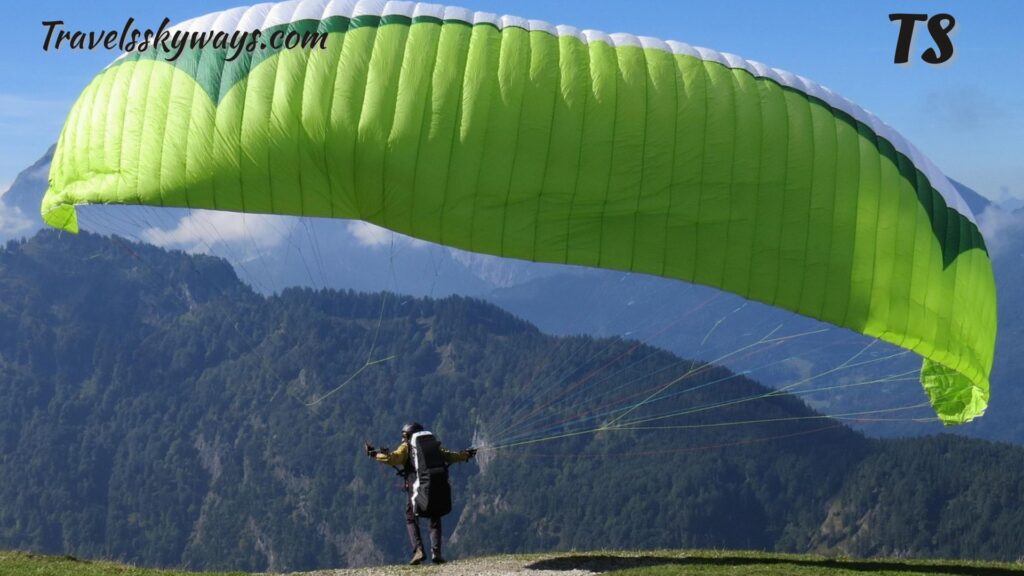
The flight lasts anywhere from 7 to 15 minutes of real flying time; wind conditions and the weight of the passenger are the determining factors. Short but thrilling, well worth every second.
Activities could last up to 2 hours if you include the preparation and return. You may fly even longer with thermal currents. Videos make the occasion everlasting. Plus, landing on the beach seals the deal.
“Asa Delta” and the Legacy of Hang Gliding in Rio
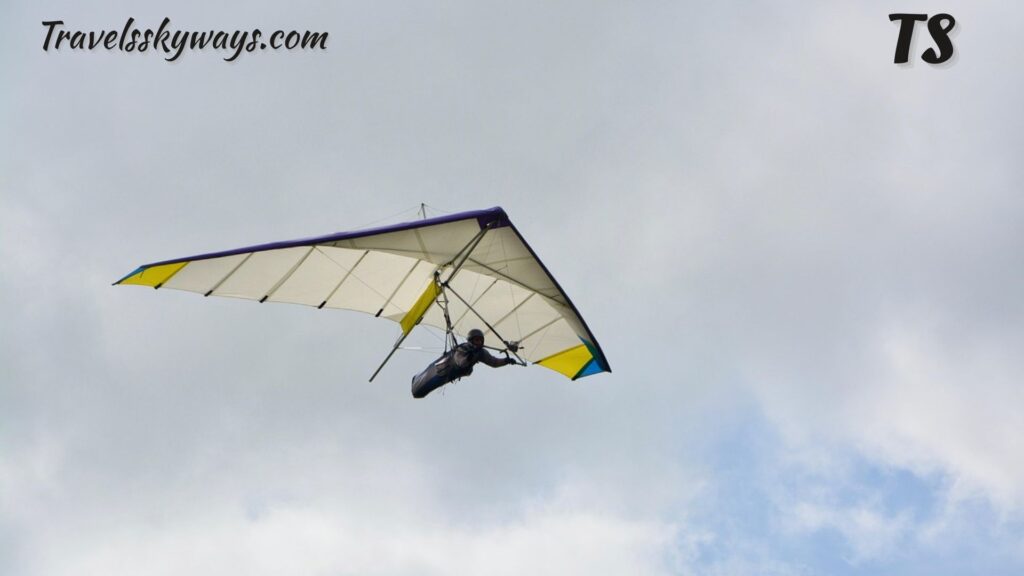
“Asa Delta” and the legacy of hang gliding in Rio run deep, weaving a rich story of adventure and innovation. The term “Asa Delta” literally means “delta wing” in Portuguese, describing the classic triangular shape of hang gliders. Rio de Janeiro, with its towering cliffs and steady ocean breezes, became one of the birthplaces of this thrilling sport in Brazil during the 1970s.
Pioneers launched themselves off spots like Pedra Bonita and Morro da Urca, mastering the art of soaring high above the city’s stunning landscape. These early flyers transformed Rio into a global hang gliding hotspot, attracting adventurers from around the world eager to ride its famous thermals.
Today, Asa Delta isn’t just a sport; it’s a cultural icon reflecting the city’s love for freedom, nature, and extreme sports. Hang gliding schools keep this legacy alive by training new generations of pilots who continue to push limits—flying past Sugarloaf Mountain, over vibrant neighborhoods, and along the Atlantic coast.
In Rio, hang gliding isn’t just about flight—it’s about connecting with the city’s spirit, history, and breathtaking beauty from a perspective few get to see firsthand.
Best Time to Go Paragliding in Rio
Wondering when’s the best time to go paragliding in Rio? Timing your flight can make all the difference between a smooth, stunning glide and a bumpy ride.
The peak paragliding season runs from April to October. During these months, Rio enjoys cooler temperatures, steady winds, and mostly clear skies—perfect conditions for soaring safely above the city. The wind tends to be calmer in the mornings, making early flights ideal for beginners and tandem riders.
On the flip side, November through March marks Rio’s rainy season. While you might still catch a few good flying days, unpredictable weather and gusty winds increase the chance of cancellations. Plus, humidity spikes, which can make your gear feel heavier and your experience less comfortable.
If you want to dodge the crowds and enjoy great weather, aim for April, May, September, or October. These shoulder months offer pleasant temperatures, lower humidity, and fantastic visibility. Regardless of when you go, always check the local forecast and book with experienced pilots who prioritize safety.
In short, plan your adventure during Rio’s dry months for the best chance to glide smoothly, soak up breathtaking views, and make memories that last a lifetime.
Is it worth flying under overcast skies?
Is it worth flying under overcast skies? It depends—but usually, clear skies win for paragliding. Overcast weather can dull the views, hiding those iconic sights like Sugarloaf Mountain and Copacabana Beach behind a blanket of gray. Plus, cloudy skies often bring unstable air, making flights bumpier and less predictable.
That said, flying under light overcast conditions isn’t automatically off-limits. Sometimes, soft clouds can create steady, gentle winds that actually make for smooth, comfortable flights. Just avoid heavy clouds, fog, or stormy weather—those bring risks like poor visibility and sudden wind shifts.
If your goal is breathtaking vistas and picture-perfect moments, wait for clearer skies. But if you’re chasing the thrill or simply want to check paragliding off your bucket list, a mild overcast day can still deliver a memorable experience—just with fewer Instagram-worthy views.
You will be most like: Discovering the Spiritual Path: Prayagraj to Ayodhya Distance and Journey
Paragliding in Rio de Janeiro: the adventure travel of other types

Paragliding in Rio de Janeiro: the adventure travel of other types opens a gateway to thrilling experiences that go beyond the usual tourist path. Rio isn’t just about stunning beaches and samba—it’s a playground for adrenaline junkies craving diverse ways to explore.
Imagine swapping the sandy shore for the sky, where paragliding offers an exhilarating perspective of Rio’s vibrant cityscape and lush mountains. But that’s just the start. If you love adventure, try hang gliding (Asa Delta), which lets you soar faster and fly farther with a rigid wing. For water lovers, kite surfing on Ipanema Beach delivers a wild mix of wind and waves.
Climbing enthusiasts can scale the dramatic granite faces of Pedra da Gávea, while trail runners explore the hidden paths of the Tijuca Forest, one of the largest urban rainforests in the world. Even ziplining through the canopy offers a heart-pumping rush amid breathtaking nature.
The real magic? These activities often blend seamlessly—after a morning hike, you might paraglide down; after a kite surfing session, relax with a caipirinha watching the sunset. Rio’s adventure scene isn’t one-dimensional; it’s a vibrant mosaic that invites you to mix, match, and dive into the thrill of living life on the edge.
Whether you crave the sky, sea, or jungle, Rio de Janeiro promises unforgettable adventures for every kind of explorer.
How Much Does Paragliding in Rio de Janeiro Cost?
If you’re considering a tandem paragliding experience in Rio de Janeiro, here’s what you can expect in terms of pricing:
💰 Price Range
- Standard Tandem Flight: Prices typically range from BRL 850 to BRL 950 (approximately USD 170–190). This includes the flight with a certified instructor, necessary equipment, and often photos or videos of your experience.
- Premium Packages: Some operators offer enhanced packages starting around BRL 1,500 (about USD 310), which may include additional services like extended flight times, high-definition video recordings, or hotel transfers.
📌 What’s Included
Most standard packages cover:
- Tandem Flight: Approximately 10–20 minutes of flight time.
- Certified Instructor: Guidance from a professional with appropriate certifications.
- Equipment: Use of necessary gear for the flight.
- Media: Photos and videos capturing your experience.
- Insurance: Coverage for the duration of the flight.
🧾 Payment Details
- Reservation Fee: A deposit is often required to secure your booking.
- Remaining Balance: Payable on the day of the flight, typically in cash or via local payment methods like PIX. Some operators may accept credit cards with an additional fee.
🕒 Duration
- Total Duration: Expect the entire experience, including briefing and flight, to last around 2 hours.
- Flight Time: The actual flight duration is usually between 10 to 20 minutes, depending on weather conditions.
📍 Location
Flights typically take off from Pedra Bonita in Tijuca National Park, offering stunning aerial views of Rio’s coastline and landmarks.
✅ Tips
- Weather Conditions: Flights are weather-dependent. Operators will assess conditions and may reschedule if necessary.
- Booking: It’s advisable to book in advance, especially during peak tourist seasons.
- What to Bring: Wear comfortable clothing and sturdy shoes. Sunscreen and a hat are recommended.
For the most accurate and up-to-date pricing, it’s best to contact local operators directly or visit their official websites.
Paragliding Over Rio vs. Other Destinations
Paragliding over Rio vs. other destinations: what sets it apart? Let’s dive into why soaring above Rio de Janeiro ranks among the world’s top paragliding experiences—and how it stacks up against other hotspots.
🪂 Stunning Scenery That Steals the Show
Rio offers a unique blend of urban vibrancy, lush mountains, and sparkling ocean views all in one flight. Few places let you glide over iconic landmarks like Christ the Redeemer, Sugarloaf Mountain, and Copacabana Beach simultaneously. Compare that to places like Interlaken, Switzerland, which dazzles with alpine lakes and snowy peaks, or Queenstown, New Zealand, famed for rugged fjords—the vibes are different but equally epic.
🌤️ Weather and Flying Conditions
Rio’s tropical climate brings mostly stable winds and plenty of clear skies from April to October, ideal for smooth flights. In contrast, spots like Chamonix or Pokhara (Nepal) might offer breathtaking views but can be more weather-dependent, with unpredictable mountain winds or seasonal monsoons.
👥 Accessibility and Experience
Launching from Pedra Bonita, just a short drive from Rio’s city center, makes it super accessible—perfect if you want to combine adventure with sightseeing. Some other prime paragliding locations require trekking hours or remote travel, which adds to the adventure, but is not everyone’s cup of tea.
💸 Cost and Packages
Rio’s prices fall in the mid-range globally, making it affordable without sacrificing quality. Destinations like Oaxaca, Mexico, or Cape Town, South Africa, offer competitive rates, while places in Europe or New Zealand tend to be pricier due to higher living costs.
🤩 The Vibe
Rio’s energetic culture, samba rhythms, and friendly locals add a special flavor to your flying experience. You’re not just paragliding—you’re immersing yourself in a city pulsing with life, passion, and natural beauty.
Final Thought
If you crave breathtaking views, reliable weather, and the chance to fly over one of the world’s most iconic cities, paragliding in Rio de Janeiro is hard to beat. It blends natural wonder with urban energy in a way few other destinations can match.
Why You Should Add Paragliding to Your Rio Itinerary
Why you should add paragliding to your Rio itinerary? Because it transforms your trip from sightseeing to soul-soaring adventure. Sure, Rio dazzles with beaches, samba, and stunning landmarks—but nothing compares to the thrill of flying high above it all.
Picture this: you launch off Pedra Bonita, the wind catching your wing as you glide effortlessly over Copacabana Beach and the lush Tijuca Forest. The city unfolds beneath you like a living postcard, every curve and color sharper from above. It’s a perspective you simply can’t get from street level.
Paragliding is also surprisingly accessible—whether you’re a total beginner or a seasoned flyer, tandem flights with expert instructors make it easy and safe. Plus, it’s a perfect way to escape the tourist crowds and connect with Rio’s natural beauty.
Beyond the adrenaline, paragliding adds a memorable story to your trip. It’s an experience that stays with you—something you’ll share again and again, long after your feet are back on the ground. So, if you want your Rio visit to soar to new heights, paragliding should be at the top of your list.
You must read about: parapente ou asa delta
FAQs
What is the accident rate for paragliding?
Paragliding has an accident rate of about 1 in 11,000 flights, with most incidents linked to pilot error or extreme conditions.
Which is safer, skydiving or paragliding?
Paragliding is generally safer due to lower speeds and altitude, though both are safe with proper training and certified instructors.
What is the safest time of day to paraglide?
Morning flights are typically safest, offering smoother air and more stable wind conditions.
Do paragliders wear helmets?
Yes, helmets are mandatory for all paragliding flights to protect against head injuries during takeoff or landing.
Can you paraglide with no wind?
Yes, but light wind is ideal—too little wind may affect lift, while too much can be dangerous.
Final Thoughts
Paragliding in Rio de Janeiro is more than just a thrilling activity—it’s a once-in-a-lifetime way to see one of the world’s most iconic cities from the sky. With breathtaking views, experienced instructors, and ideal flying conditions, it’s the perfect mix of adventure and beauty.
Whether you’re a first-timer or a seasoned flyer, soaring above Rio will leave you speechless and full of awe. If you’re building your ultimate travel itinerary, paragliding in Rio de Janeiro deserves a top spot. Don’t just visit—fly Rio.

Travels skyways helps you plan your perfect journey with expert tips, destination guides, travel hacks, and budget advice. Whether it’s a quick getaway or a dream vacation, we’re here to guide your adventure from start to finish.



